Non-Runner to Ultramarathoner — and Losing 69 kg Along the Way
Dave’s weight loss story turned into something much bigger — a complete transformation of routine, mindset, and purpose.
“I’ve always told myself I wouldn’t let it get this bad, but it had,” Dave admits, reflecting on a moment that many of us have quietly lived through — standing in front of a mirror or seeing a photo and suddenly realising how far we’ve drifted from the person we thought we were.
From 147.9 kg (326.1 lbs) to 78.6 kg (173.3 lbs), my colleague Dave lost 69 kilos in just over a year. But more importantly, he found a mindset that stuck. What started as a mission to feel more comfortable in his own skin — ahead of a mate’s stag do — snowballed into a lifestyle fuelled by movement, challenge, and growth.
In this interview, Dave walks us through his weight loss journey — the habits he built, the mindset shifts that mattered most, and why he trains not to look a certain way, but to see who he becomes when things get uncomfortable.
Hi, Dave! First, let’s get to know you! Please tell us a bit about yourself.
I’m the assistant manager of the customer care department at Fitshop. I like seeing my mates regularly, our clubbing days are over, so our get-togethers are much more chilled.
Can you tell us what your routine was like back then?
I started taking the gym seriously at 17. The first time I did a cut, I lost around 38 kg in a year. Back then, my routine was pretty much bodybuilding-style training — I’d hit the weights, go for the odd run, then train until I was tired and call it a day.
But the routine slipped. Some bad habits came back and I’d still get stuck in my head—thinking like, “I trained hard, I can eat whatever now.” We’d do a heavy squat session, then maybe justify it with a big meal or treat. There was this mindset of overindulging because I felt like I’d earned it. And it turned into a bit of a cycle.
“I didn’t want to feel like I didn’t belong in the group photos.”
Was there a moment where it really hit you — like, “Right, I need to do something about my weight loss”?
The realisation that gaining weight happens gradually. You don’t notice it going up. But one day you just wake up and it’s like, “Whoa, how did I end up here?” You see yourself in a photo and suddenly realise how far things have gone.
I used to work somewhere that meant I walked to the gym, walked home—easily doing 25,000 steps a day just commuting. Then I started driving everywhere, and my steps just dropped. At that point, most of my day was spent sitting down. My weight kept creeping up until I reached my heaviest: 147.9 kg (326.1 lbs). With 30 just around the corner, that’s when the thought hit me: “I’ve always told myself I wouldn’t let it get this bad,” but it had.
One of my mates was getting married, and his stag do was coming up in Portugal. I didn’t want to be “the overweight guy.” I didn’t want to feel uncomfortable on a plane seat or feel like I didn’t belong in the group photos. And I knew I wanted to look smart at the wedding—fit into a nice suit and feel good.
“Right, let me just see how much I actually move in a day.”
What was the first change you made?
I started simple—just with steps. I thought, “Right, let me just see how much I actually move in a day.” First goal was just to move more. I started using the treadmill in the gym, walking on an incline. Nothing mad—ten minutes, incline level four or five. It was exhausting. But I kept doing it. Alongside my regular weight training. Cardio was never really my thing before, but I knew I needed it now.
Eventually I got into a habit: walking every morning before work. Same routine every day. I’d go to the gym and do a fast walk on the treadmill with the incline gradually going up to 15.
Because I spent so much of my day sitting, I wasn’t burning a lot of energy. My daily calorie intake at that point was about 2,600 to 2,800. Before this, I never tracked food. I thought, “If I feel tired, I must’ve trained hard.” But I realised I had to actually track things.
My goal was consistency. Get the steps in. Stay moving. I was doing incline treadmill walks five or six days a week. I didn’t change the speed—just the incline. Raising the incline helped get my heart rate up and burn more calories without stressing my joints.
My energy started improving again. I was lifting weights more consistently. But after 45 minutes, I’d be spent. So I started walking more—outside this time, not just the treadmill. The training was still a mix, but I noticed a change.
How did your approach to food and nutrition change?
I’m really routine-based, even kind of boring in that sense. I’d eat the same meals four times a day. Always chicken, potatoes, and veggies. It’s not for everyone, but I could eat that forever. It works for me. I actually enjoy cooking, so that helped. I’d just throw everything in the air fryer—it was quick, easy, and I didn’t have to think too much. That simplicity kept me on track. As for breakfast—I’ve got a bit of a sweet tooth, so I’d usually make oats.I’d mix in things like seeds, powdered peanut butter, zero-calorie maple syrup—it became like a sweet treat but still within my calories.
How did your daily routine change throughout your weight loss journey compared to when you just started?
I was still training hard—seven days a week, actually. Cardio, weights, walking—everything. And I tracked it all in MyFitnessPal. I allowed myself to take breaks for big events—like Christmas, birthdays, etc. For example, January 2024 was my dad’s birthday. By then, I was in full flow. I’d get my steps in the morning, and if I needed to, I’d do a second walk in the evening to keep the momentum going. I’d keep checking to make sure I hit my daily goal.
I didn’t want to cut calories too low, so instead I increased my movement. I was already burning around 2,500–3,400 calories a day just from being active, but I still wanted to push things a bit further. One day, I walked from my place to Glasgow Green—it was about 8.6 miles. It felt long, but I wasn’t in pain. I’d already lost around 43 kg (95 lbs) by then.

Can you tell us about one of the toughest physical challenges you took on — and why you did it?
Then came the big challenge: 100,000 steps in one day.. Me and my mate did a test run: 50,000 steps. We started at 3am on a Monday. It took us ages. We got to 40k and were like, “Right, this is a proper effort.” But it was good. It gave us a feel for what our bodies could handle. So yeah—we went for it. We started planning for the real deal—100,000 steps in one go.
“That was the first time in my life where my brain genuinely told me to stop.”
Was there a moment you considered quitting?
We started at 3am. We walked from here [Glasgow] all the way to Dumbarton, just next to Loch Lomond. It took us 18 hours. My mate had to stop around 75,000 steps due to knee pain. I kept going. From that point, I was on my own. Every single step after 35,000 hurt. It was pure pain. Your feet swell. Joints ache. Blisters, hot spots—everything just starts to burn. I had ankle supports on, which helped. But still, it was brutal. That last 10,000 steps? That was the first time in my life where my brain genuinely told me to stop because of how uncomfortable I was. It’s hard to explain—it wasn’t just physical pain. It was this overwhelming desire to quit. But I didn’t.
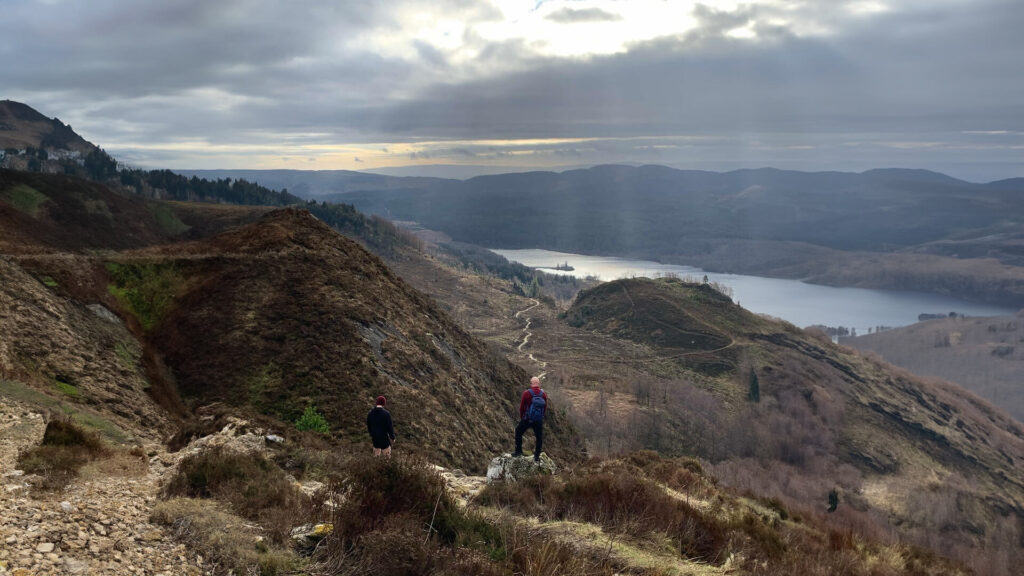
What did that challenge teach you about yourself?
That challenge showed me where my limits were—and that I could move past them. After that, my whole approach to training and weight loss changed.
I decided I was going to take on running—something I always hated. But it wasn’t about enjoying it. It was about the challenge. I made a deal with myself: once I dropped below 200 pounds, I’d start running. And I did. When I hit 197 pounds, I signed up for the Great Scottish Run half marathon.
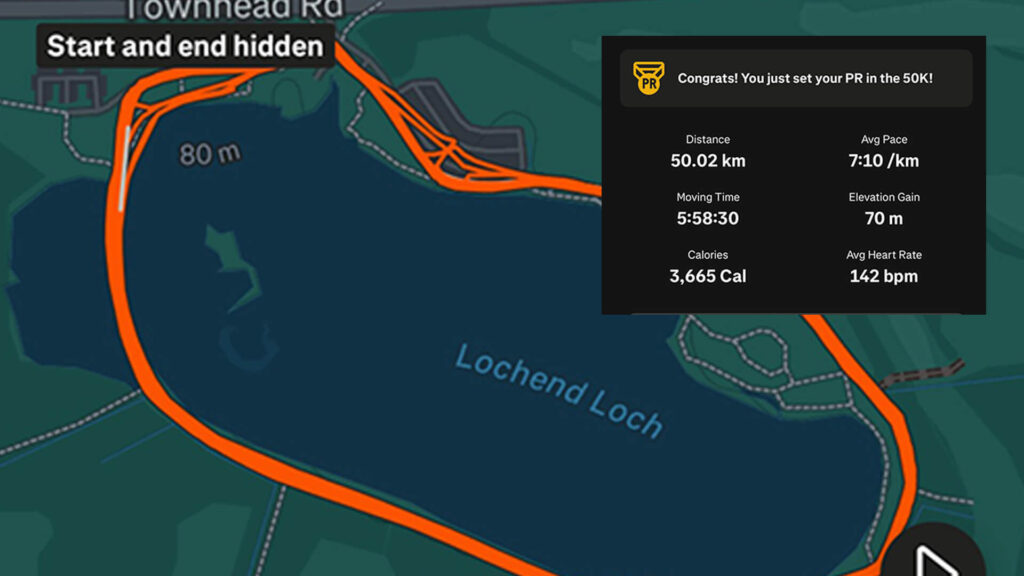
How did you prepare for your first half marathon — and how did it feel to finish it?
The training started in July. The race was in early October. I planned out a rough 12-week training block. Nothing fancy—just building up volume, getting the miles in. At the same time, I was still walking loads and doing weight training. By the time I ran the half marathon, it went really well. That gave me a massive boost. So I thought, “What’s next?”
What did you want to chase next after the half marathon?
I set the goal of running my first ultramarathon by Christmas. So the target became: 50km by the end of the year. I trained for months, running every Wednesday before work—sometimes 26 miles. From July to December, I went from never running to completing an ultra on Christmas morning—31 miles. I ran most of it solo around Drumpellier Country Park, but my mate Mick joined me for the last 10 km, which was class.
“This isn’t just a weight loss journey anymore—it’s a lifestyle.”
By the way, how much weight have you lost?
During that time, I also completed my cut. I was still tracking calories, but not cutting anymore. I started at 147.9 kg (326.1 pounds), and the lowest I got was 78.6 kg (173.3 lbs). So in total, I lost 69 kg (152.8 lbs). At that point, I was eating more—fueling the runs properly. And the mindset became: this isn’t just a weight loss journey anymore—it’s a lifestyle. It’s about what my body can do. My current weight is around 80 kg (180 lbs) and it tends to stay within a few pounds of that just now but aiming to get lighter for the runs I’ve got planned this year.
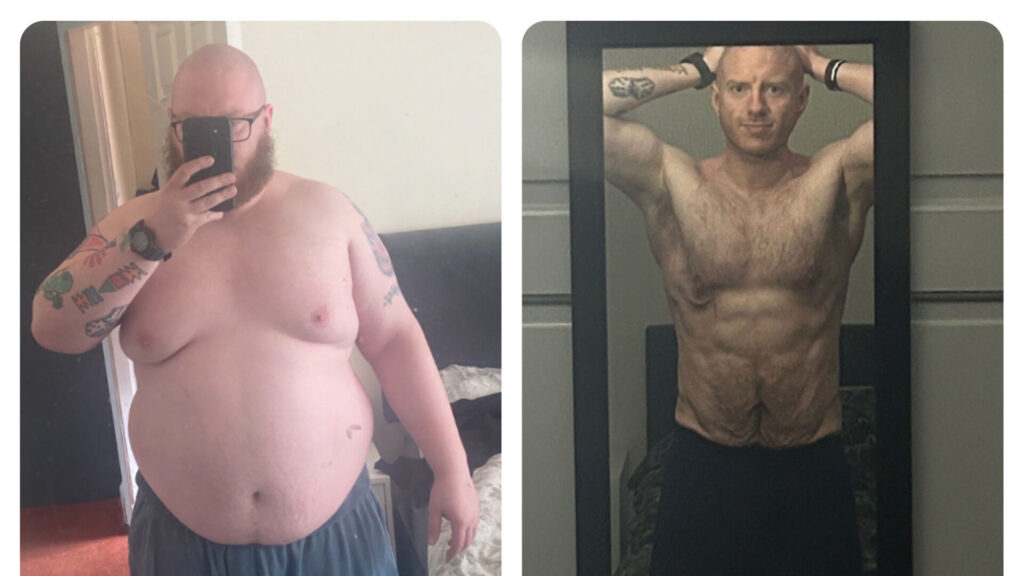
How did your mindset around training and challenge shift as your journey progressed?
After the Christmas ultramarathon, I started looking for what was next. I’d been listening to David Goggins, Cameron Hanes, Truett Hanes, Fergus Crawley, and Russ Cook—they all take part in ultras. They talked about doing things that were long, uncomfortable, mentally draining—and I thought, “Yeah, I get that now.” I realised I’d started enjoying that same process—not the discomfort itself, but the growth that came from it. I was running to see what I was made of. It gave me more than any gym session ever had.
What challenge came next for you after that realisation?
One day, I came across the Goggins Challenge: run 4 miles every 4 hours for 48 hours. That’s 12 runs in total. So, I signed up for it. I started early—got the first run in at 4am. Then another at 8, 12, 4pm, 8pm, midnight… I think I actually ran 52.4 miles total—just over two marathons in two days. That challenge completely wiped me out physically. But mentally? It was one of the most rewarding things I’ve done.
How did that shift your focus moving forward?
After that, I gave myself time to recover. I still trained lightly—kept steps high, but eased off intense runs. Then I signed up for the Great Glen Ultramarathon in July — 42 miles through the Scottish Highlands. After that, I’ll do the Glasgow to Edinburgh Ultra in October — 57 miles. And then two weeks later, I’ll run the Lisbon Marathon. That’s the plan—two ultras and a marathon in three months. The idea is to test how well I can recover, how much stress I can manage over time. But the real goal? To learn more about myself.
“I’ve got a big long-term goal now: to run 100 miles in one go.”
Did anyone help with your weight loss journey?
I’ve been training since I was 17. I also worked as a PT for 6 years, so I had some foundational fitness and weight loss knowledge. I’ve always been curious. I read, I listened, I learned. I used to follow some online programs and podcasts. The running program my mate Mikey takes part in is Lift, Run, Lead, which is led by John Donnelly. They’ve both given me advice and support along the way with the runs. But no coach. Just trial, error, and stubbornness.
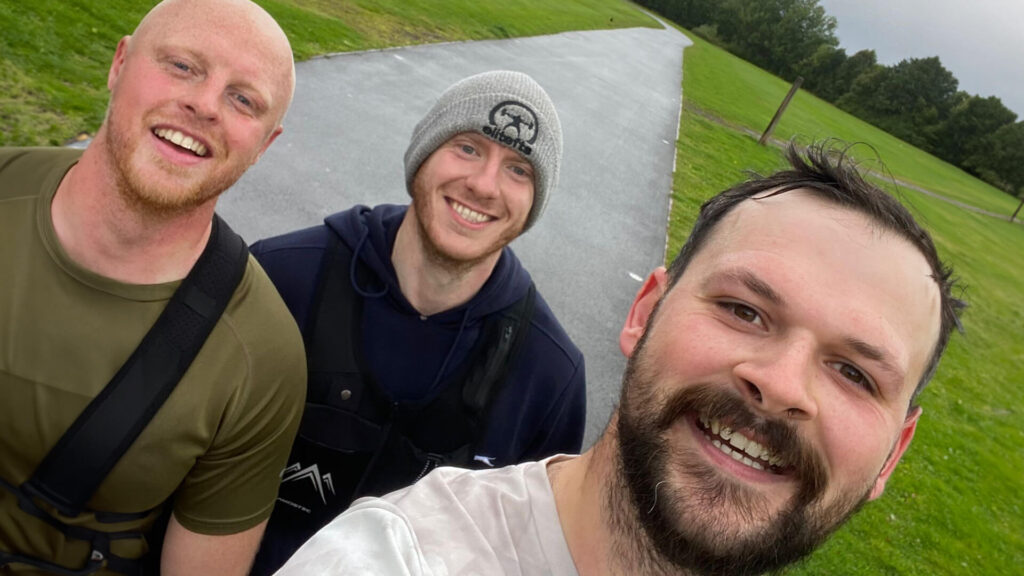
So… is running your main thing now, or are you still mixing it up?
Yeah — and pull-ups … and walks. It’s more calisthenics now. I’m mostly just doing bodyweight stuff. At one point, I started setting pull-up challenges for myself — just to see what I could do. I thought, eventually, I’d like to hit 1,000 pull-ups in a single session. I still do weights, but it’s more just to support the running. I’ve got a big long-term goal now: to run 100 miles in one go.
What would you say to someone at the very beginning of their weight loss journey?
Start small. You don’t need a full overhaul — especially when it comes to weight loss. Break it down into smaller, manageable steps. Don’t get caught up thinking, “I’ve got to lose 100 pounds.” Just focus on the first five. Then the next five. Each little win builds confidence. And when you feel like you’re making progress, that’s where momentum comes from. It doesn’t need to be perfect — just consistent. Make small changes, ask for help if you need it, and trust that those small steps really do add up.
Dave’s weight loss story is proof that small, consistent changes can lead to extraordinary results. What began with a few extra steps on the treadmill grew into 100,000 steps in a single day — and now he’s planning to run 100 miles in one go. This is a journey of real grit, quiet determination, and the kind of daily wins that don’t make headlines — but change lives.
We hope you’ve been enjoying our interview series so far. We’ve chatted with Olympians like Neil Adams MBE, WMA champions like Claire Rankine, celebrated British athletes like Ellie Natasha-Baker, and fitness voices like Jay Younger — and we’re only getting started. Stay tuned for more real stories, from all corners of sport and fitness.
Note: Dave’s weight loss story is inspiring, but every journey is different. Always speak to your GP or a qualified healthcare professional before making big changes to your routine. At Fitshop, we celebrate personal transformations — but we’re not in the business of giving medical advice, just sharing what real people have achieved on their own terms.
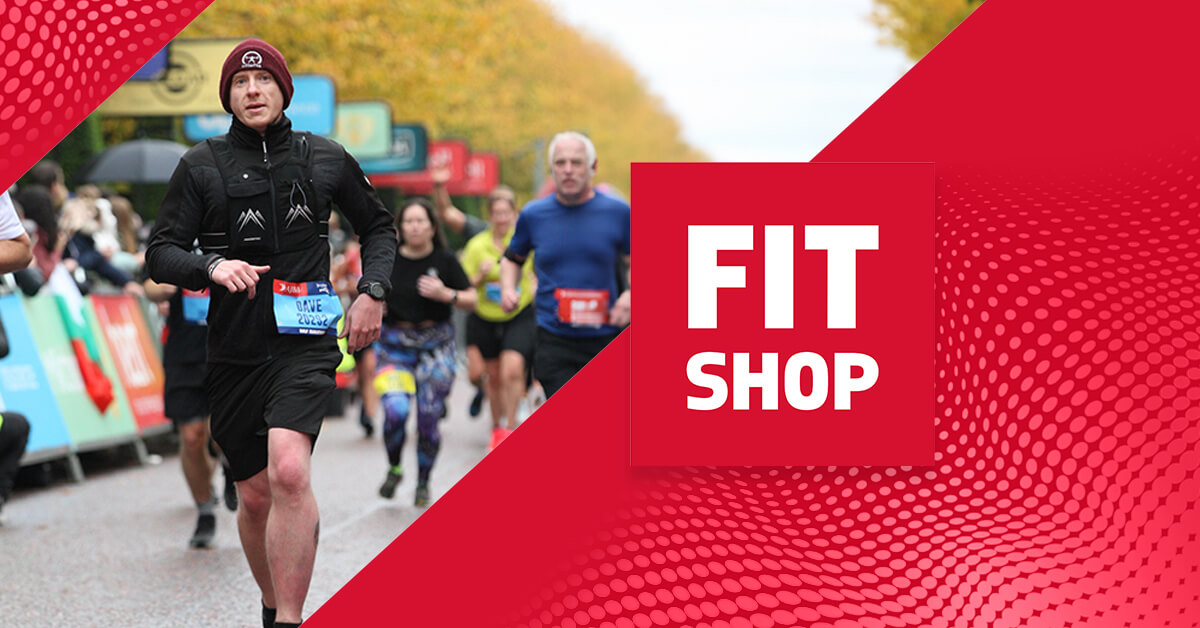
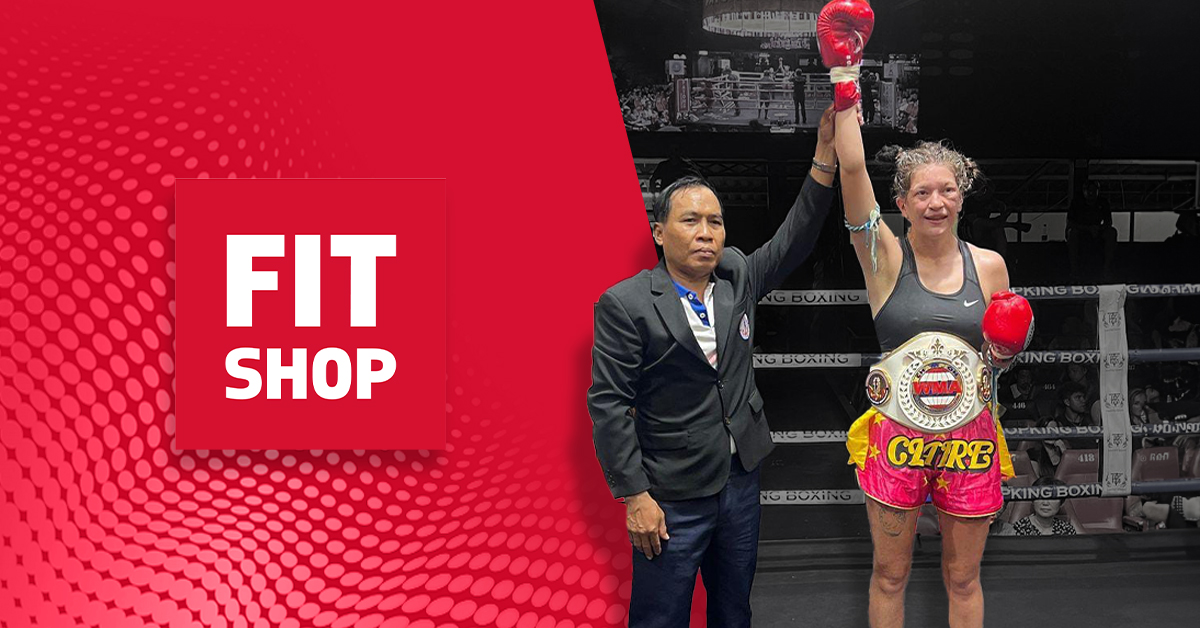
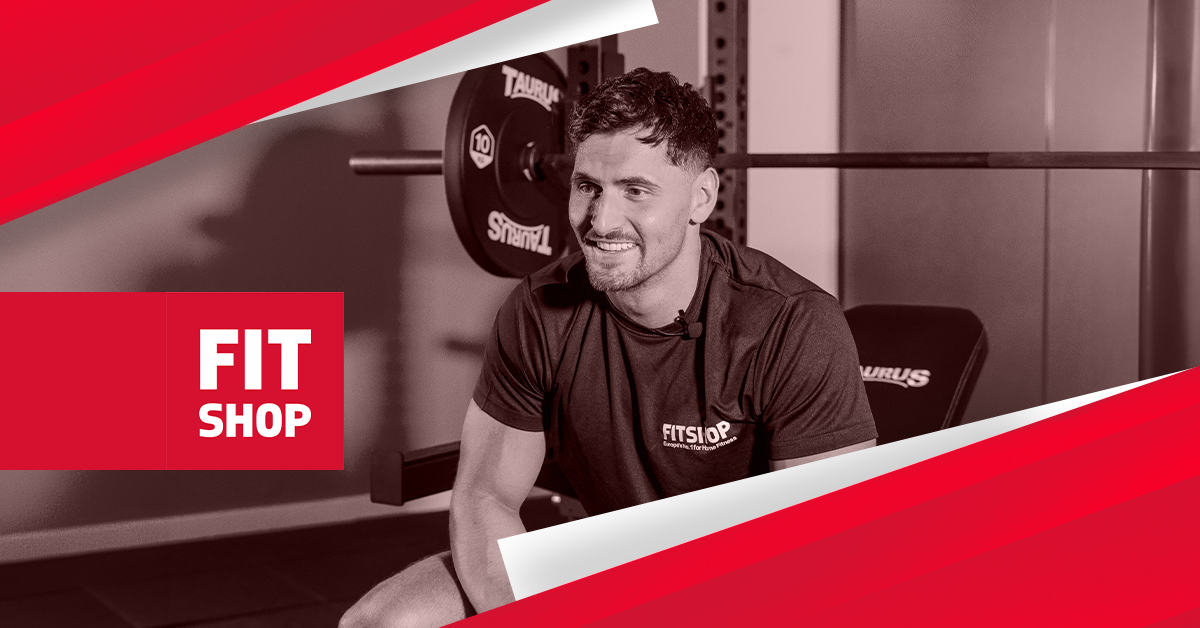
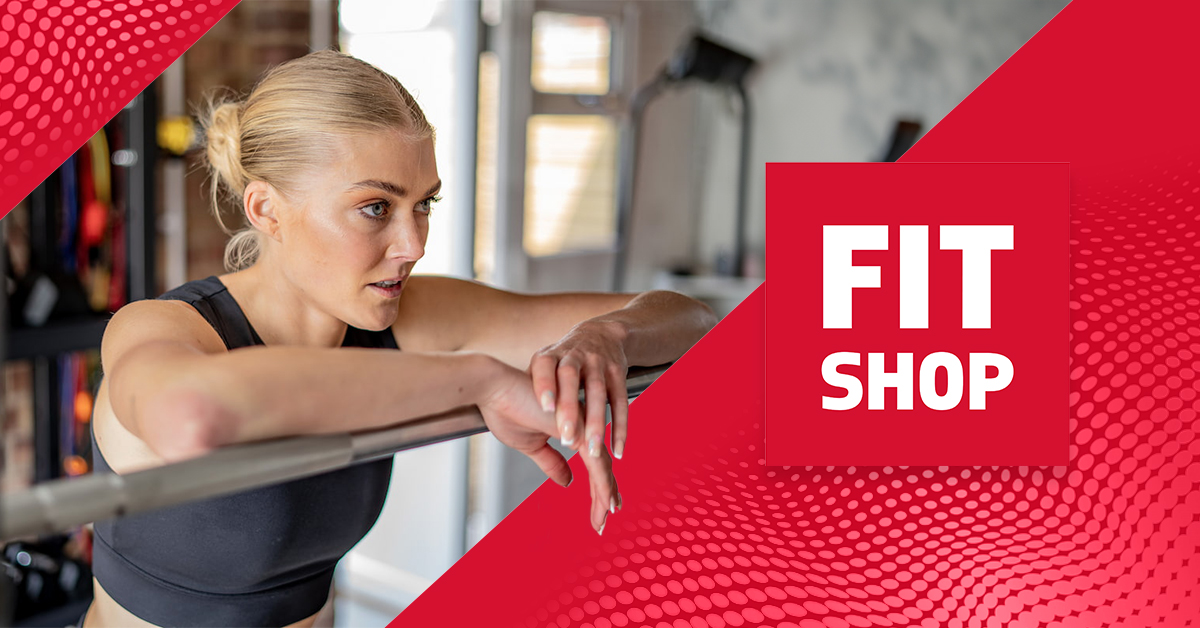
Post Comment